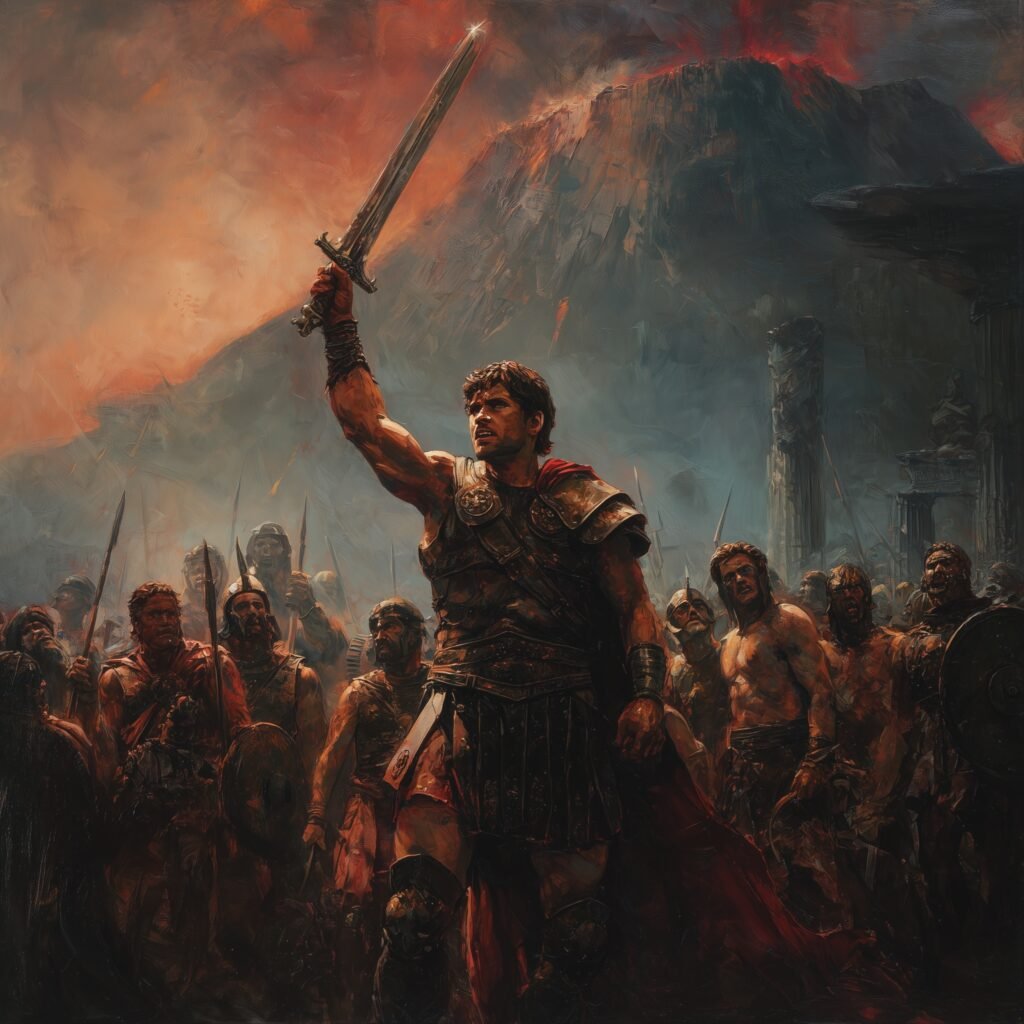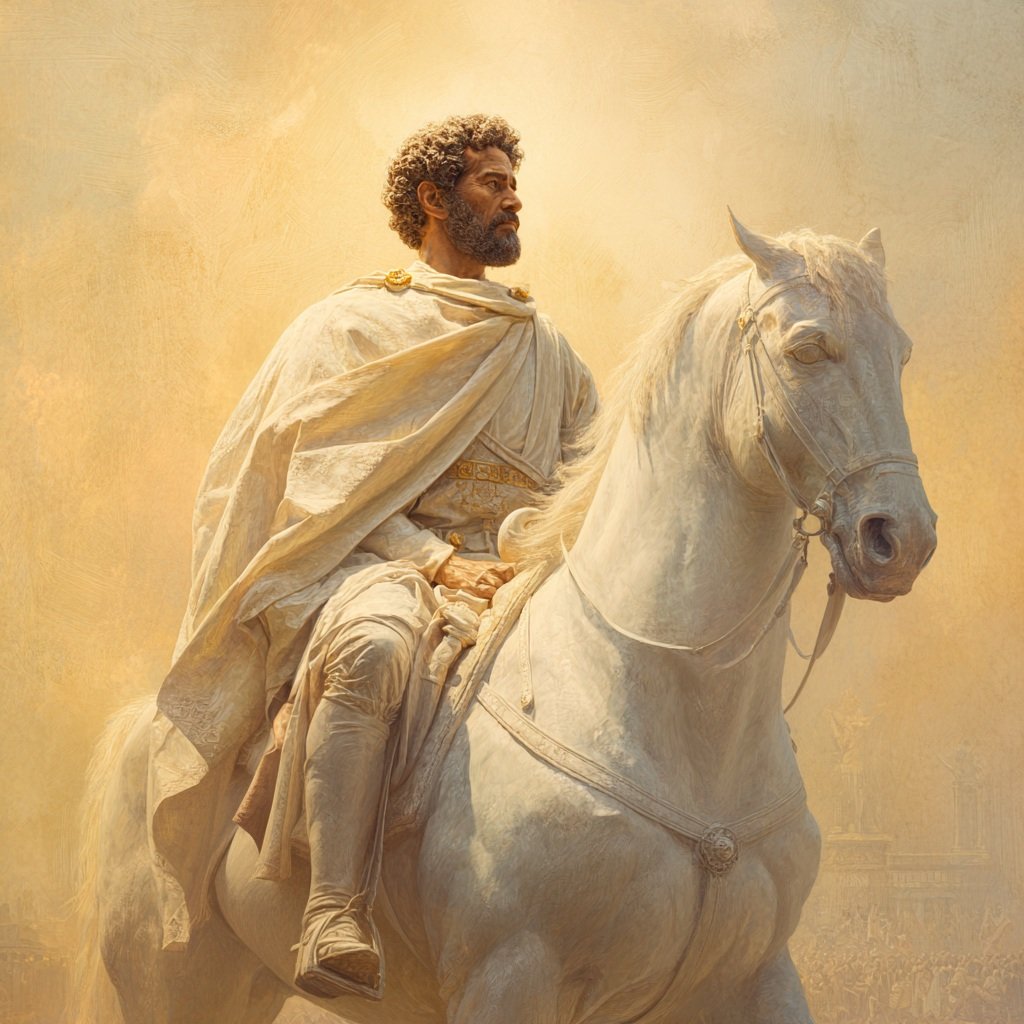Spartacus: The Slave Revolt That Shook Rome

In Roman society of the 1st century BC, strict hierarchy and iron discipline ruled. Slaves were considered property — tools without rights and without a voice. In such a world, the story of Spartacus was born: a man who, from the arena of death, rose to lead a massive uprising that disrupted the power structures of the greatest empire of its time.
Spartacus came from Thrace (present-day Bulgaria and northern Greece). Originally a soldier, he was captured and sold into Roman slavery, specifically to a gladiator school in Capua owned by the lanista Lentulus Batiatus. There, he was trained to kill — to serve as entertainment for thousands of spectators who, with a glass of wine in hand, delighted in blood and death.
But Spartacus was different. A flame for freedom burned in his heart. In 73 BC, together with about 70 other gladiators, he dared to escape. They managed to overcome the guards and flee — what at first looked like a minor revolt of a handful of slaves quickly turned into the largest slave uprising in Roman history.
At first, they hid at the foot of Mount Vesuvius, where they gathered more supporters. Slaves from far and wide joined them in large numbers. From a few dozen men, the movement quickly grew into an army of tens of thousands of determined rebels. Their motivation was clear — to break free from the chains that had bound them for generations.
Spartacus proved to be an extraordinary commander. He was able to lead diverse groups of people — gladiators, slaves, shepherds, ordinary peasants — and turn them into a fighting force capable of defeating experienced Roman legions. In several battles, he defeated consuls and senators themselves, shocking the entire city of Rome.
His strategy often relied on mobility, surprise attacks, and deep knowledge of the terrain. The rebels not only fought but also looted and liberated more slaves, which steadily increased their numbers. According to some sources, Spartacus may have commanded over 100,000 people at the peak of the uprising.
Nevertheless, his goal was clear: to escape from Italy and cross the Alps, where they could live in freedom. Unfortunately, disagreements broke out among the rebels. Some wanted to stay and plunder Rome, while others wanted to flee. These internal conflicts weakened their chances.
Meanwhile, the Roman Senate called upon the skilled military commander Marcus Licinius Crassus, who gradually encircled the rebels and cut off their escape routes. In 71 BC, in the decisive battle near the river Silarus, Spartacus and his men fell. His body was never found, which added even more legend to his story.
The Romans, as a warning, crucified more than 6,000 surviving rebels along the Via Appia from Capua to Rome — a terrifying message to any slave who might dream of freedom.
Despite the defeat, Spartacus became an immortal symbol. The revolt he led proved that even the greatest empire is not invincible if it faces people determined to fight for justice. Spartacus continues to inspire today — his name has become synonymous with resistance to oppression, with courage, and with the belief that freedom is a value worth fighting for.

